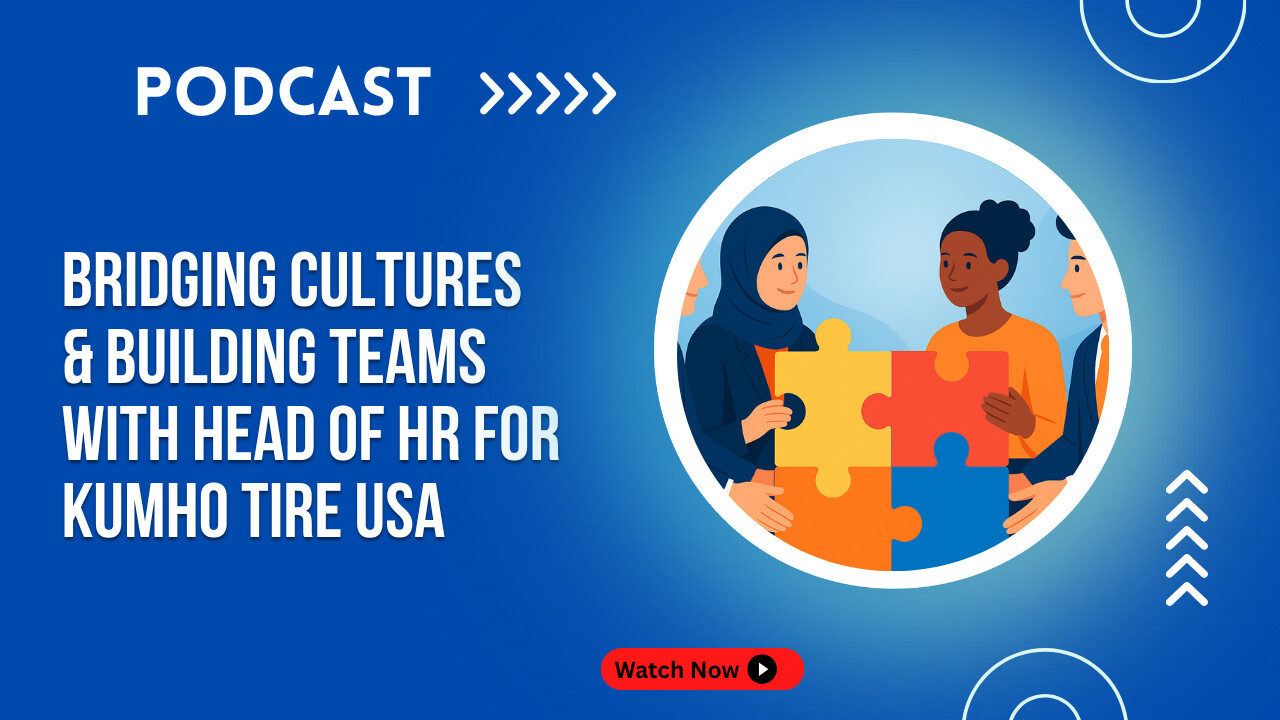Focus on the Current Workforce – How to Reset and Strategize Hiring
With less focus on attracting outside candidates, you’ll have more time to think about ways to retain your current workforce. After all, hiring freezes can be challenging for employees to navigate as well, since many of them may see them as a sign of impending layoffs. So here are a few ways to support them during this time.
Open Lines of Communication
It’s important to be upfront and honest with employees about the hiring freeze. If you can, clarify the reason for the decision. This will help ease the minds of those worried about job security and clarify the expectations of those concerned about taking on extra work to keep up with productivity.
Consider holding one-on-one meetings to reassure employees that their positions are not on the chopping block and that the increased work is only temporary. If possible, provide them with a timeline for the hiring freeze, and offer support to help employees who find it difficult to meet increased demands.
Seek to Maintain Employee Engagement
This is an excellent time to pass around employee engagement surveys to understand how employees are feeling and what they need to do their best work. You can also support engagement by creating fun opportunities for team-building activities and offering employees some flexibility with remote work days.
Make sure you also continue recognizing employees for their contributions during this challenging time.
Consider Future Company Objectives
In addition to supporting the current workforce, your HR team should meet with senior management to determine the future direction of the organization. This allows you to then realign your HR strategy with long-term business objectives.
Identify Current Workforce Skill Gaps
As you think about the organization’s future objectives, consider what skills your workforce will need to meet them. Then, analyze your current workforce to see which of those skills are already accounted for and which you will need to train or hire for. Not only will this ensure that your talent acquisition strategy is aligned with business objectives, but it will help you write clear job descriptions as well.
Create Upskilling and Reskilling Opportunities
Once you identify the additional knowledge and skills needed in your workforce, consider which employees may benefit from upskilling and reskilling. This may need additional input from individual team leaders, but it will allow you to design a learning and development program that will help employees develop these new skills. In doing so, you’ll better prepare your workforce for the future and possibly reduce the amount of hiring that will need to be done when the freeze is over.
Design Career Growth Tracks
Designing a career progression framework can help you attract top talent in the future, determine performance expectations for each role, and offer a clear path for growth.
You can start this process by establishing a role hierarchy, which clarifies job roles and levels. Then, create job descriptions that define competencies, responsibilities, and success metrics. Once you’ve mapped out all possible career paths, you can develop policies and procedures around your framework, including employee development opportunities, performance evaluation benchmarks, and promotion criteria.
Maintain Critical Hiring Activities
A hiring freeze rarely brings the entire hiring process to a grinding halt. On the contrary, there are a few hiring-related responsibilities you should focus on, even in the midst of a freeze.
Continue Hiring for Essential Job Positions
There are some positions that your organization simply can’t do without, as not having someone in the role would jeopardize business continuity. If possible, don’t let these roles go unfilled during a freeze.
Keep Candidates in the Pipeline
Although you may not be able to make candidates an offer right now, it’s important that your team continues to accept applications, qualify candidates, conduct interviews, and nurture relationships with candidates who have already completed those steps. While it’s undesirable to keep them on the line for too long, you’ll need to be ready to hire again when the freeze is over.
Candidates who are further along in the hiring process will also appreciate your communication that they are still under consideration and will be able to move forward as soon as you’re given the green light.
Upgrade the Hiring Process and Candidate Experience
While you’re not actively hiring, you can take the time to ensure you’re creating a good candidate experience.
This might include:
-
Writing clearer job descriptions
-
Upgrading your applicant tracking system
-
Building a social media presence
-
Creating and promoting a career page
-
Implementing an automated interview scheduling feature
-
Using data analytics to identify bottlenecks in the hiring process
Not only can these initiatives make hiring easier, but they can also enhance your employer brand and reduce the resources you spend on talent acquisition.
Turn a Hiring Freeze Into an Opportunity for Improvement
While hiring freezes can have negative impacts, they can also present positive opportunities. They allow HR managers to take a step back, figure out how best to support their current workforce, realign their strategies with business objectives, and improve future hiring processes.
With the right strategy, you can strengthen relationships with your current and future workforce and prepare for future growth. Though your organization may be experiencing turbulence at the moment, how you handle this time will determine how well you can position HR for long-term success.




